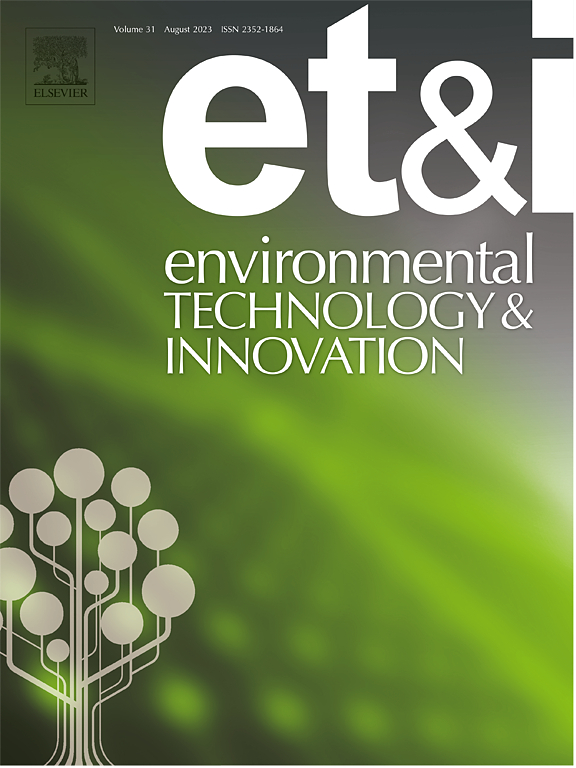Investigating post-remediation management strategies for contaminated sites based on residual pollutant migration risks
IF 6.7
2区 环境科学与生态学
Q1 BIOTECHNOLOGY & APPLIED MICROBIOLOGY
引用次数: 0
Abstract
Post-remediation management plays a crucial role in risk control for contaminated sites, ensuring environmental safety and facilitating site redevelopment. In this study, we assessed the regulatory status of 469 post-remediation sites, analyzing factors such as spatio-temporal distribution, residual pollutants, planned land use, and regulatory measures. Our findings revealed that current post-remediation management often exhibits a coexistence of insufficient and excessive regulatory oversight. To address these issues, we propose a risk classification framework aimed at refining management strategies and improving resource utilization efficiency. The classification system integrates precedence chart and fuzzy evaluation methods, categorizing the sites into three levels (Level I, II, and III), each corresponding to different treatment measures. Five typical sites were selected to validate the classification method, and the results confirmed its stability and scientific basis. The method was then applied to 104 post-remediation sites, where the classification revealed that 62.5 % of the sites were Level III, 15.4 % were Level II, and 22.1 % were Level I. Notably, the application of this method could simplify regulatory measures for 45.24 % of the sites, as some could shift to institutional control rather than requiring long-term monitoring combined with institutional control. The approach developed in this study provides a critical safeguard for the safe reuse of contaminated land, offers valuable insights for the effective development of post-remediation management, and accelerates the establishment of a post-remediation management system tailored to regional administrative conditions.
基于残留污染物迁移风险的污染场地修复后管理策略研究
修复后管理对于控制污染场地的风险、保障环境安全、促进场地重建具有至关重要的作用。本研究对469个修复后场地的治理现状进行了评价,分析了时空分布、残留污染物、规划土地利用和治理措施等因素。我们的研究结果表明,目前的补救后管理往往表现为监管不足和过度监管并存。为了解决这些问题,我们提出了一个风险分类框架,旨在细化管理策略,提高资源利用效率。该分类体系综合了优先图法和模糊评价法,将遗址分为三级(一级、二级、三级),每一级对应不同的处理措施。选取5个典型站点对分类方法进行验证,结果证实了分类方法的稳定性和科学性。将该方法应用于104个修复后的场地,分类结果显示,62.5% %的场地为III级,15.4% %为II级,22.1% %为i级。值得注意的是,该方法的应用可以简化45.24% %的场地的监管措施,因为有些场地可以转向制度控制,而不是需要长期监测与制度控制相结合。该方法为污染土地的安全再利用提供了关键保障,为有效开展修复后管理提供了有价值的见解,加快了适合区域行政条件的修复后管理体系的建立。
本文章由计算机程序翻译,如有差异,请以英文原文为准。
求助全文
约1分钟内获得全文
求助全文
来源期刊

Environmental Technology & Innovation
Environmental Science-General Environmental Science
CiteScore
14.00
自引率
4.20%
发文量
435
审稿时长
74 days
期刊介绍:
Environmental Technology & Innovation adopts a challenge-oriented approach to solutions by integrating natural sciences to promote a sustainable future. The journal aims to foster the creation and development of innovative products, technologies, and ideas that enhance the environment, with impacts across soil, air, water, and food in rural and urban areas.
As a platform for disseminating scientific evidence for environmental protection and sustainable development, the journal emphasizes fundamental science, methodologies, tools, techniques, and policy considerations. It emphasizes the importance of science and technology in environmental benefits, including smarter, cleaner technologies for environmental protection, more efficient resource processing methods, and the evidence supporting their effectiveness.
 求助内容:
求助内容: 应助结果提醒方式:
应助结果提醒方式:


